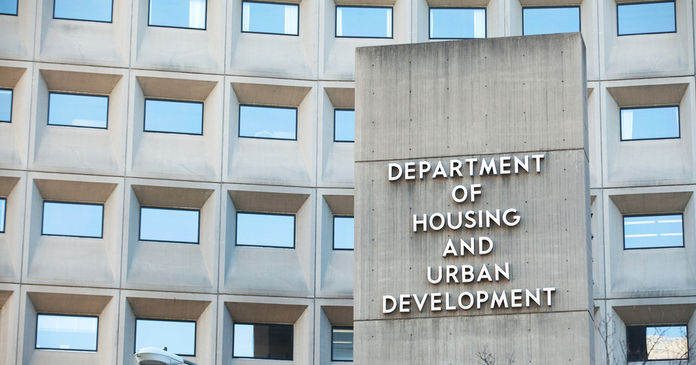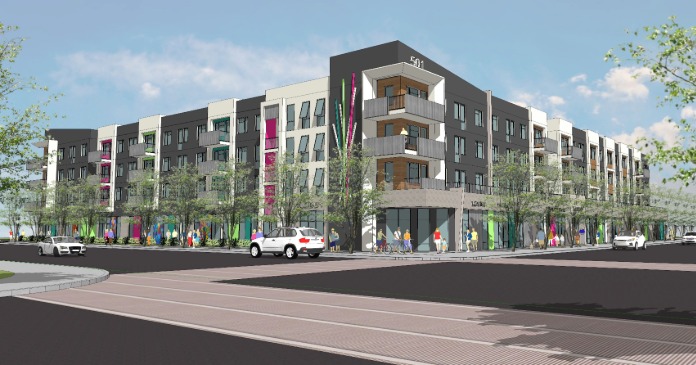President Trump’s budget cut proposals for housing programs have raised concerns in the affordable housing industry. On the table are proposed reductions to the U.S. Department of Housing and Urban Development (HUD) programs like the National Housing Trust Fund, Community Development Block Grant Program, and HOME Investment Partnerships Program. These budget cuts could hinder the development and maintenance of affordable housing and reduce the availability of rental assistance.
Meanwhile, the Trump administration emphasizes deregulation to alleviate federal constraints on housing stakeholders in efforts to encourage private sector participation in affordable housing development by reducing regulatory barriers.
Scott Turner was sworn in as HUD secretary on February 5 but has yet to detail his stance on maintaining the Low-Income Housing Tax Credit program or extending affordability protections beyond the initial 15-year compliance period. He did say he supports housing vouchers but wants to make them “less cumbersome” and “more efficient” for renters and housing providers, suggesting there would be better adoption if the program were “less burdensome.”
“Turner rebuffed Democrats’ requests for a blanket commitment to oppose any cuts but said he’d fight for programs proven to advance HUD’s mission to ‘support quality affordable homes,” said Jay Parsons, principal and head of investment strategy and research at Madera Residential.
Peter Lawrence, director of public policy and government relations for Novogradac & Company LLC, expects Turner to focus on opportunity zones and extend them past their 2026 deadline. He thinks Congress might make them permanent as part of tax reconciliation legislation being developed this year.
He thinks the RAD program that allows Public Housing Authorities (PHAs) to convert their public housing properties into Section 8 also could be made permanent. “Today, it’s a demonstration program that expires in 2029, but we could see efforts to make it permanent and remove the existing 455,000 public housing unit cap,” said Lawrence.
Novogradac’s managing partner, Michael Novogradac, emphasizes that deregulation will be a key theme of the Administration in its efforts to loosen the hand of the federal government on various housing stakeholders.
He hopes Turner will look at providing relief under the Build America, Buy America regulation that requires the federal financial assistance currently used to finance infrastructure projects to source materials and products only in America, which adds considerable costs to affordable housing development.
“We’re hopeful the new administration will take a second look at that and realize there should be more flexibility to help reduce the costs of developing housing with federal financial assistance,” he said.
The power of leverage
Novogradac CPA Rich Larsen thinks deregulation would be a welcome benefit to PHAs if it gives them the flexibility to move funds between HUD programs and projects since compliance is a huge cost burden within the Section 8 and Section 9 programs.
Current regulations don’t permit fungibility of Section 8 funds, but HUD could accomplish it through the Moving to Work program, which already provides the flexibility to leverage certain HUD funds across various programs, he said.
The program currently includes about 138 of a possible 3,300 PHAs, but was designed to test new and innovative ways to address local housing needs by waiving certain HUD regulations. So, this fits in with the deregulation theme,” said Larsen.
What to expect
Many in the affordable housing sector are already preparing for budget cuts to affordable housing programs. They agree that cuts to rental assistance programs like tenant-based and project-based vouchers will hit renters where they live. “If you cut a voucher, you might force a family into homelessness, and Congress never wants to be accused of that,” said Lawrence.
It’s much easier for them to cut programs that focus on future housing and don’t directly impact housing for an existing family. Most vulnerable are PHAs reliant on HUD subsidies, while those that have diversified their housing portfolio over the past several years are at less risk.
Public housing units are in danger of losing their affordability and sliding into obsolescence if PHAs can’t cope with the cutbacks and generate additional revenues. Essential maintenance is going to get deferred. That’s unfortunate, but it is probably on the table, said Larsen.
PHA’s must look to the future and become less dependent on Section 9 public housing subsidies by diversifying as much as possible, said Michael Novogradac, adding that the RAD program is a good way to diversify. He reminds PHAs and other affordable housing players that there’s still an opportunity to influence what happens and encourages all those affected to make themselves heard.













